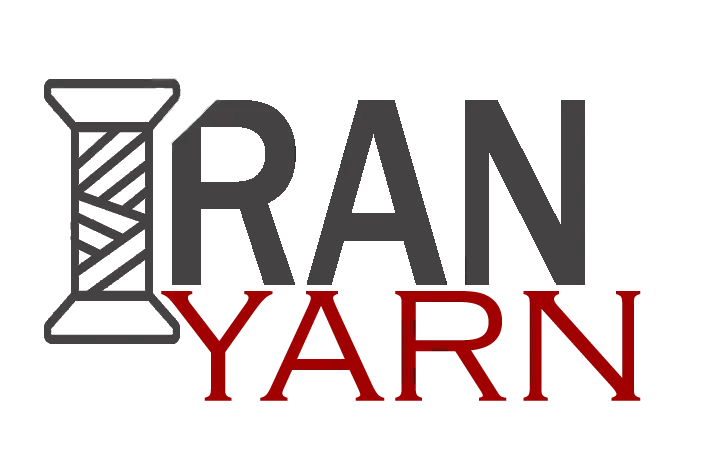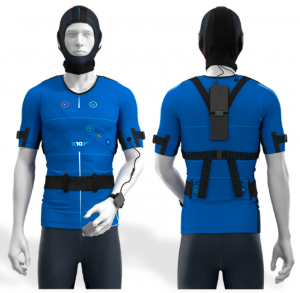
viscose fiber
Viscose is a type of semi-synthetic fabric that is commonly used in clothing, upholstery, and bedding materials. It is made by treating and spinning wood pulp into yarns, which are then woven into soft and lightweight fabric that drapes beautifully. Viscose is a synthetic fiber produced from natural materials. It is one of the three types of rayon: modal, lyocell, and viscose. Each type is processed differently and used to create fabrics with unique properties. The term “viscose” refers to the viscous organic liquid that is regenerated into fibers for making fabric. Viscose rayon is a type of fiber made from cellulose, which is the primary component of plant cell walls. Cellulose is treated with chemicals to create a fiber that mimics the qualities of natural fibers, such as silk and cotton.
Production steps of viscose rayon
dissolution
Cellulosic raw materials for rayon, wood chips (usually from spruce or pine), or cotton fibers are used to produce pure cellulose sheets (containing 87-98% cellulose). Then, they are bleached with sodium hypochlorite (NaClO) to remove the natural color. These cellulose sheets are broken into cellulose pieces in 18% caustic soda for one to two hours, then placed under controlled temperature and humidity for two- or three days Liquid carbon disulfide is added to cellulose flakes, converting them to cellulose xanthate, a brittle orange material. These pieces are dissolved in a diluted caustic soda solution and transformed into a thick solution known as viscose, which resembles the color and texture of honey. After soaking for two hours, alkaline cellulose sheets are produced by removing excess alkali through pressure.
extrusion
After filtering, the viscose solution undergoes vacuum treatment to remove air bubbles, which weaken the rayon filament. The cellulose xanthate is pumped through spinnerets and coagulated in a sulfuric acid bath to produce 100% cellulose filaments. During this stage, modifications and adjustments to techniques, as well as the additive materials, can impact the properties of viscose, such as luster, strength, softness, and dyeability.
Purification
Once the viscose has been extruded, it needs to be purified and solidified. This involves washing it thoroughly with a diluted solution of sodium sulfide to remove any sulfur impurities. Viscose may be bleached to remove the yellow tinge and ensure a consistent white color. It's washed before use.
Viscose Rayon Uses
Viscose rayon offers numerous benefits, making it a convenient choice for a variety of utility products. It is commonly used in the production of clothing, window drapes, cooling sheets, mattress flame retardants, mattress protectors, and cellophane.
Clothes
Viscose fabric’s smooth texture gives dresses an elegant look, without the high cost of real silk. Viscose rayon is also utilized in creating synthetic velvet, providing a more affordable option to natural fiber velvet.
Window Drapes
The silky texture of viscose makes it an ideal fabric for curtains. This flowing material elegantly hangs over your windows, enhancing the beauty of your room. Curtains are crucial for creating a cool, dark sleeping environment that encourages rest.
Mattress Protector
All forms of rayon are highly absorbent. They are often blended with polyester and cotton to boost the waterproofing feature in mattress protectors.
Cellophane
Transparent food packaging sheets are produced from regenerated cellulose, making viscose an excellent choice for food packaging due to its low permeability to air, water, and bacteria.
Iran Yarn Company has been importing and exporting viscose fibers for over 20 years and is available to help customers with the issue proforma and importation process.




